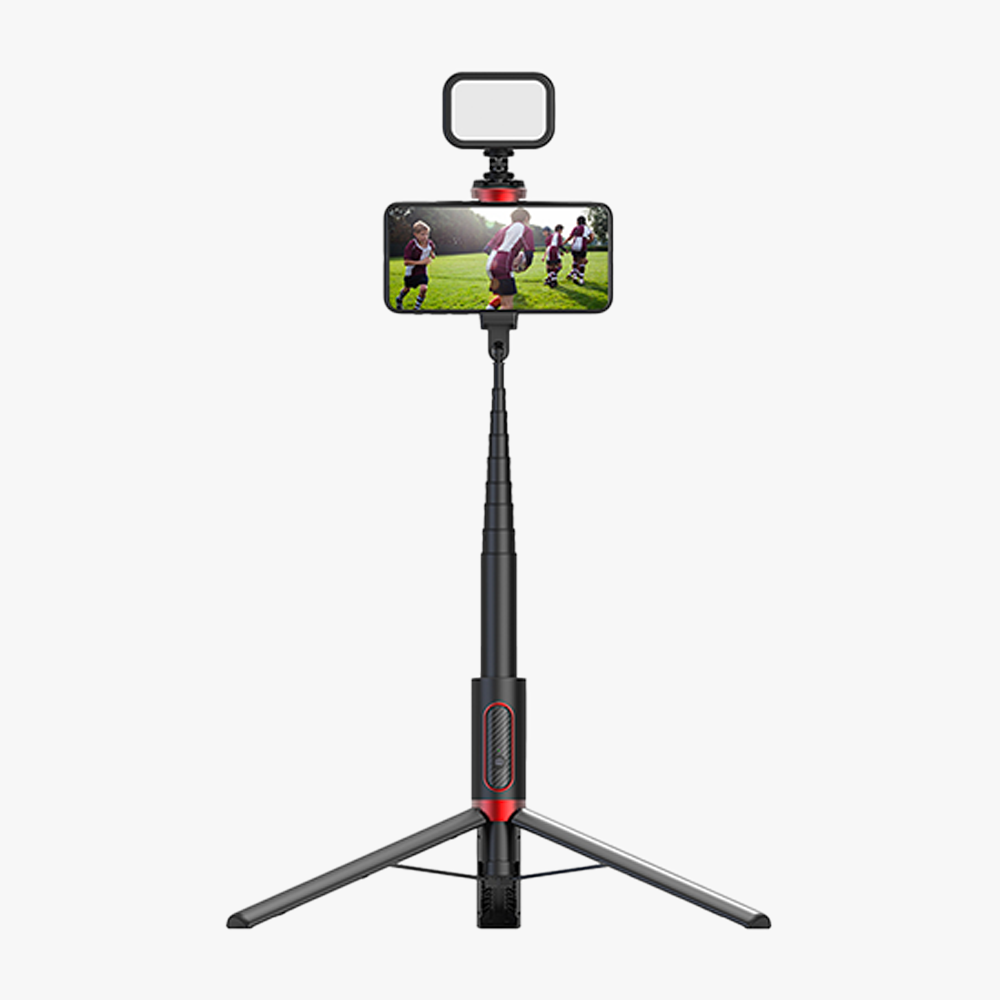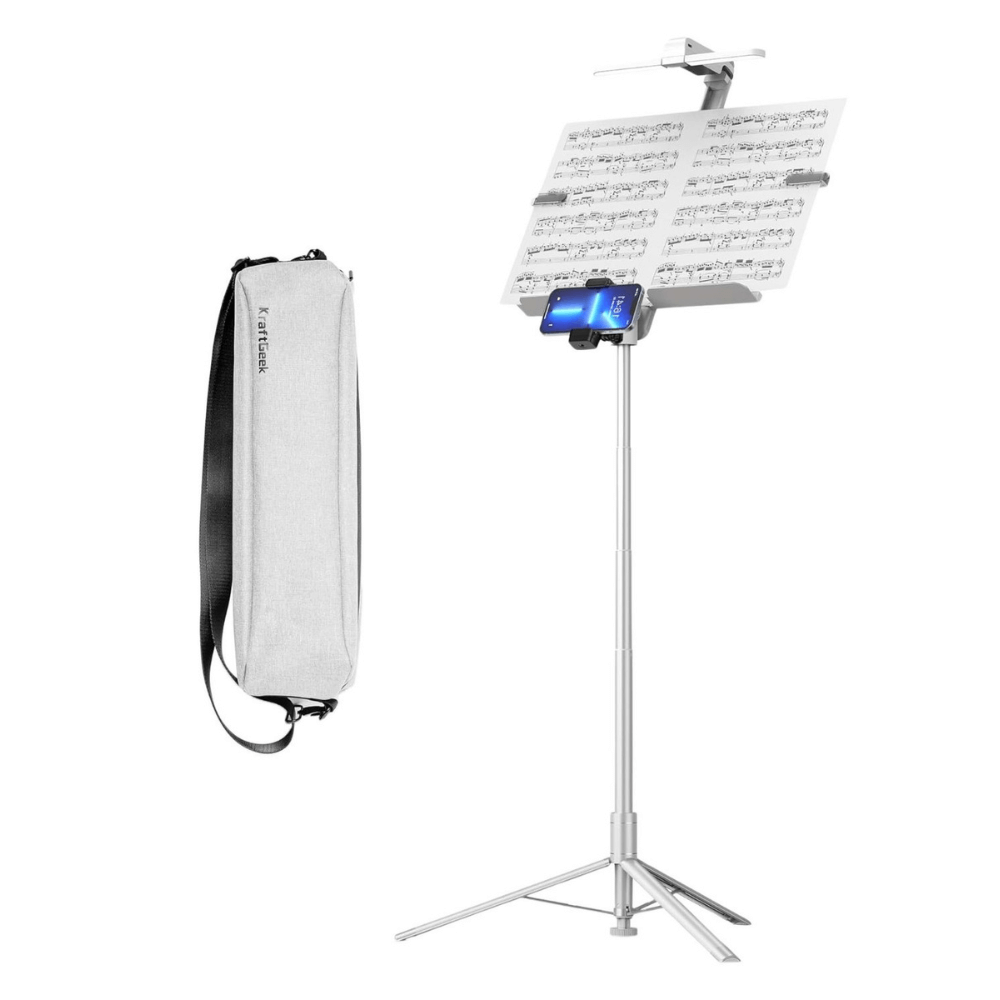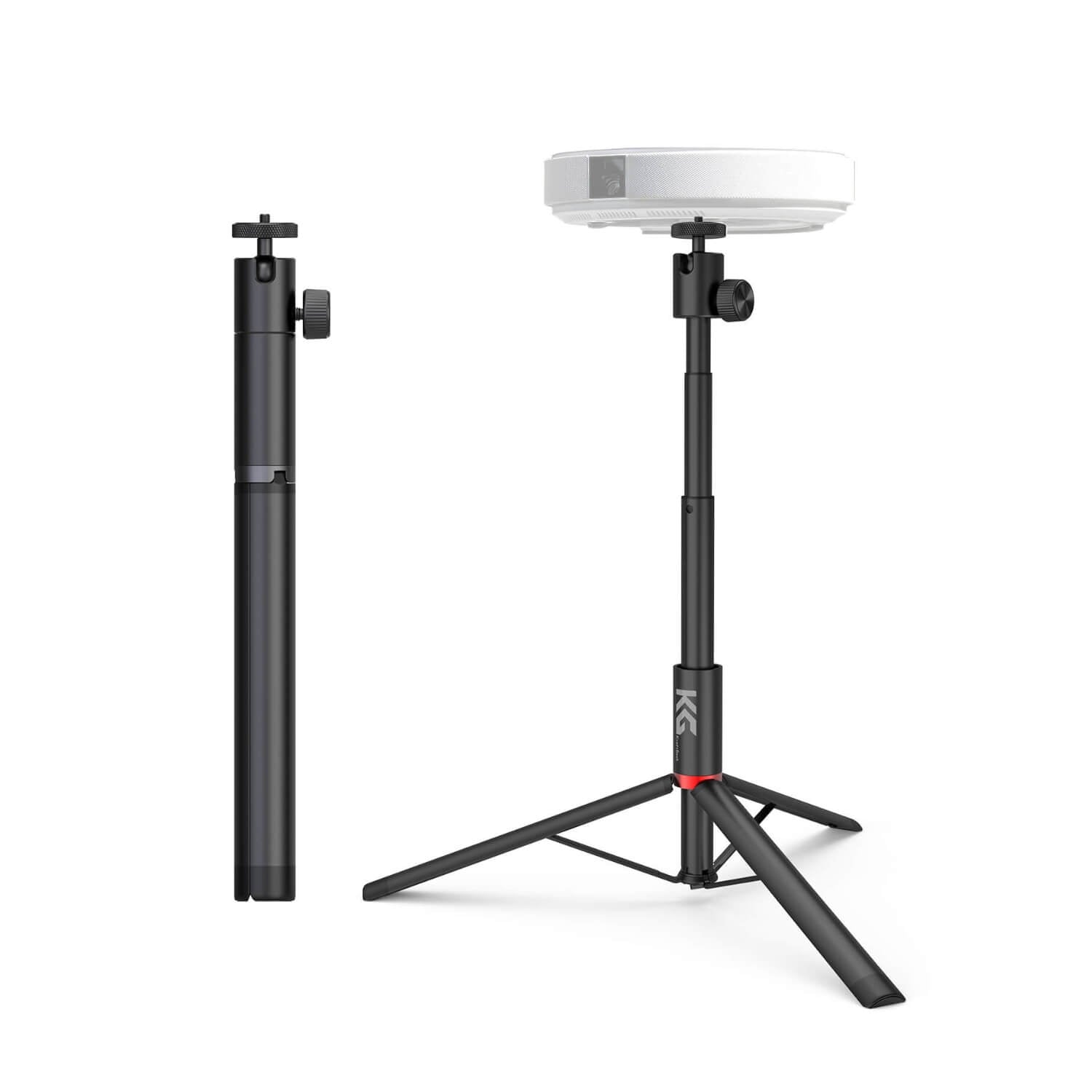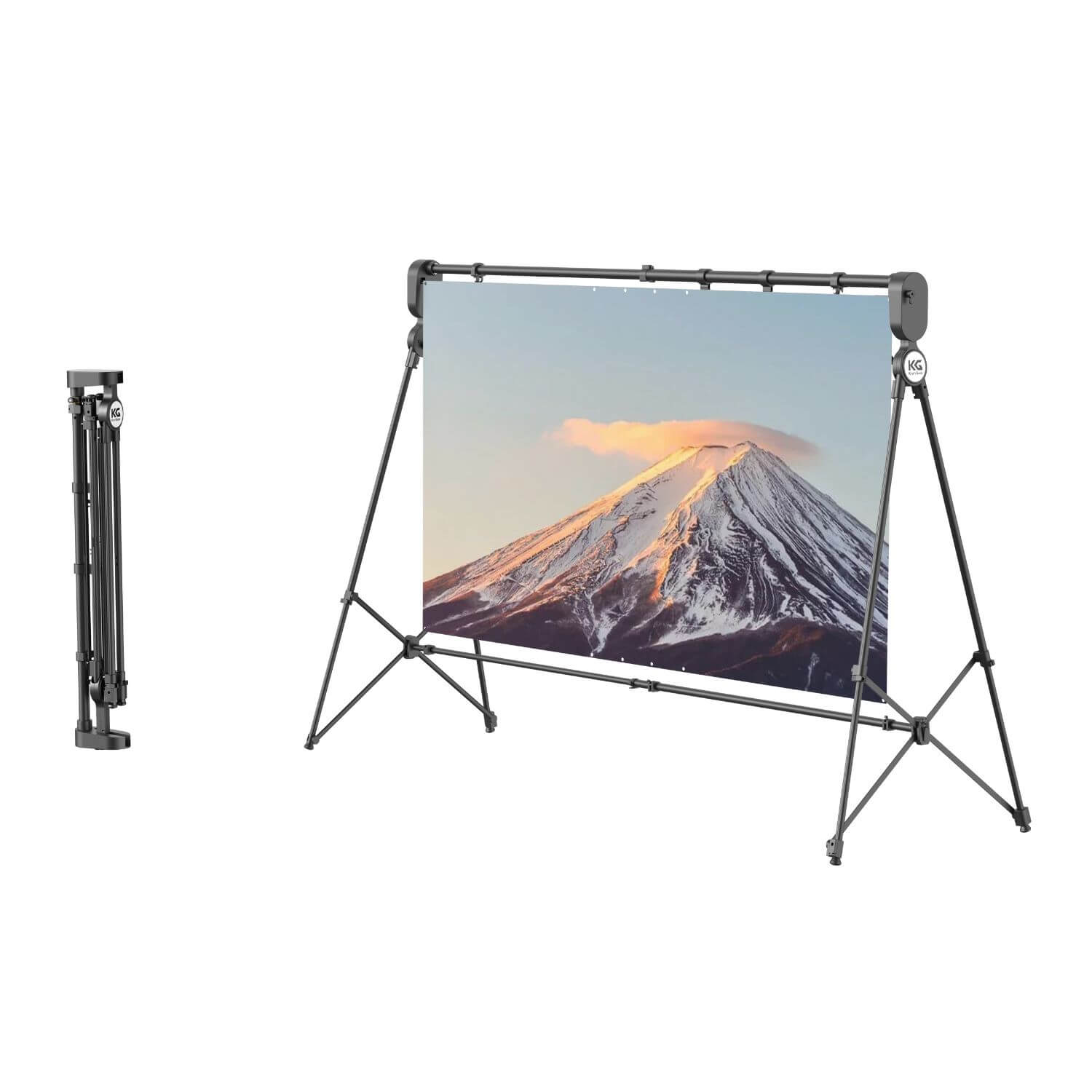In the world of music, the debate between digital and traditional music stands has been gaining momentum. Musicians of all levels are weighing the pros and cons of each type to find the best fit for their needs. Let's dive into this discussion to understand the differences between digital and traditional music stands and their relevance for musicians.
Traditional Music Stands
Traditional music stands have been loyal companions to musicians for ages. They usually have a metal or wooden frame with a flat surface for sheet music. Their simple design and dependable performance have made them essential in music studios, rehearsal spaces, and concert halls worldwide.
However, traditional stands can be bulky and not easy to carry around like digital ones. Despite this, many musicians still prefer traditional stands for their reliability and timeless appeal. They provide a stable platform for sheet music and have stood the test of time in the music industry. So, while digital stands offer convenience, traditional stands continue to hold a special place in the hearts of musicians for their reliability and familiarity.
Digital Music Stands
Recently, digital music stands have become popular as a modern option to traditional stands. These new devices usually have a tablet or touchscreen where you can see your sheet music digitally. Digital stands have some perks like being smaller, letting you display lots of music, and allowing you to write notes on the screen. But, there are some drawbacks too. They might need charging or batteries to work, and sometimes they can have technical issues.
Still, for many musicians, the benefits of digital stands outweigh the downsides. They offer convenience and flexibility that traditional stands can't match. So, if you're open to trying something new and tech-savvy, a digital music stand might be just what you need.
Comparison of Features

When comparing digital and traditional music stands, it's important to look at what each offers. Traditional stands give you a solid place to put your sheet music, while digital stands let you access a huge collection of music on a screen.
The right choice depends on what you need and like. If you prefer the feel of paper and don't mind carrying it around, a traditional stand might be best. But if you want lots of music at your fingertips and like the idea of using a screen, a digital stand could be perfect. It all comes down to what works best for you and your music needs. So, take your time to decide and choose the stand that suits you best.
User Experience and Comfort
User experience is vital in choosing the right music stand. Traditional stands are favored for their simplicity and familiarity, making them easy to use. On the other hand, digital stands provide enhanced readability and interactive features, offering modern conveniences.
Musicians must consider factors like ease of use, ergonomic design, and how easy it is to read sheet music when selecting a stand. These aspects greatly impact comfort during practice and performances. Whether opting for traditional or digital, ensuring a positive user experience is crucial for musicians to focus on their music without distractions. It's about finding a stand that seamlessly integrates into their workflow, making the musical journey more enjoyable and productive.
Integration with Technology
One of the significant advantages of digital music stands is their integration with technology. These stands can connect to other devices such as smartphones, MIDI controllers, and music notation software, opening up new possibilities for musicians. The seamless integration with technology enhances the overall music-making experience and productivity.
Cost Considerations
When deciding between digital and traditional music stands, cost plays a big role. Traditional stands are usually cheaper at the beginning and don't require much extra spending later on. In contrast, digital stands might cost more upfront, but they bring long-term benefits like storing lots of music digitally and letting you write notes on the screen.
So, while you might pay more initially for a digital stand, it could end up saving you money in the long run because you won't need to buy as much sheet music. It's all about weighing the upfront cost against the long-term value and deciding what works best for your budget and needs.
Environmental Impact
When it comes to environmental impact, both types of music stands have their considerations. Traditional stands, made from materials like metal or wood, may have a larger ecological footprint due to manufacturing processes and transportation. In contrast, digital stands require energy for operation and may contribute to electronic waste when disposed of improperly.
Must-Have Accessory for Musicians
If you're considering digital music stands, there are some fantastic options to choose from. KraftGeek offers the Bravo Music Stand, which is a top choice for many musicians. Additionally, the LumiLight for KraftGeek Music Stand adds extra lighting for better visibility. The FlexyMount Phone/Tablet Holder allows you to easily attach your device to your stand, making it convenient to access digital sheet music or apps. Lastly, the Portable Tripod Bag provides protection and easy transport for your digital stand. These accessories can greatly enhance your digital music stand experience, making practicing and performing even more enjoyable. With these additions, you can customize your setup to suit your needs and preferences, ensuring a seamless and enjoyable musical journey.
Conclusion
In conclusion, the debate between digital and traditional music stands boils down to individual preferences, needs, and priorities. While traditional stands offer reliability and simplicity, digital stands provide modern features and integration with technology. Ultimately, musicians should consider factors such as user experience, cost, and environmental impact when making their decision. Regardless of the choice, the goal remains the same: to enhance the musical journey and performance experience.










